How to Play Go
In March 2016, a program called AlphaGo, developed by Google’s DeepMind artificial intelligence team, beat one of the best go players alive, Lee Sedol. So we figured why not learn a bit more about the program and the go board game as well?
By SoraNews24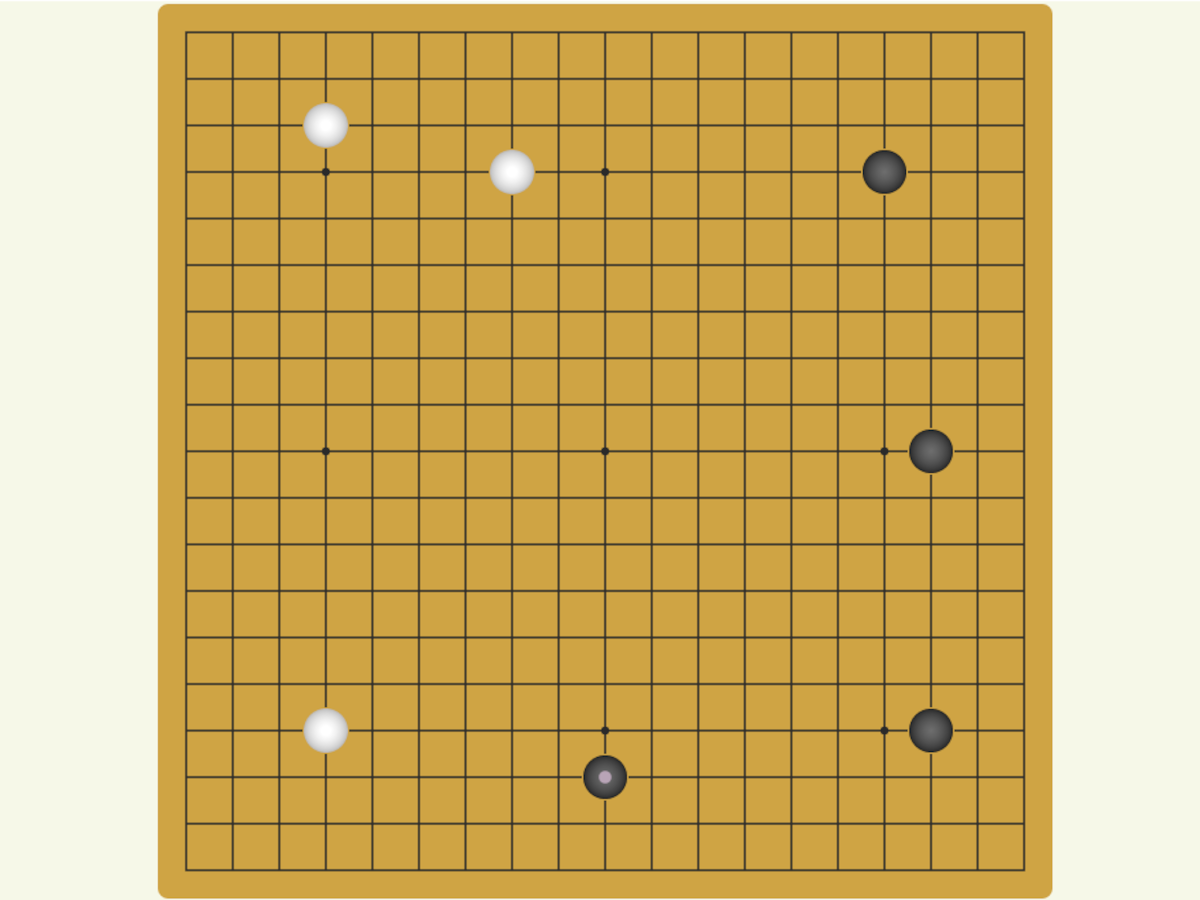
http://www.cosumi.net/play.html
Here’s how a game played out for us on cosumi.net. You can choose the board size and whether or not you would like the computer to be handicapped, but the one feature you can't change is your color, as you are always black.
Early in the game, you start by trying to establish your territories. You can already tell which parts of the board black and white are going after...
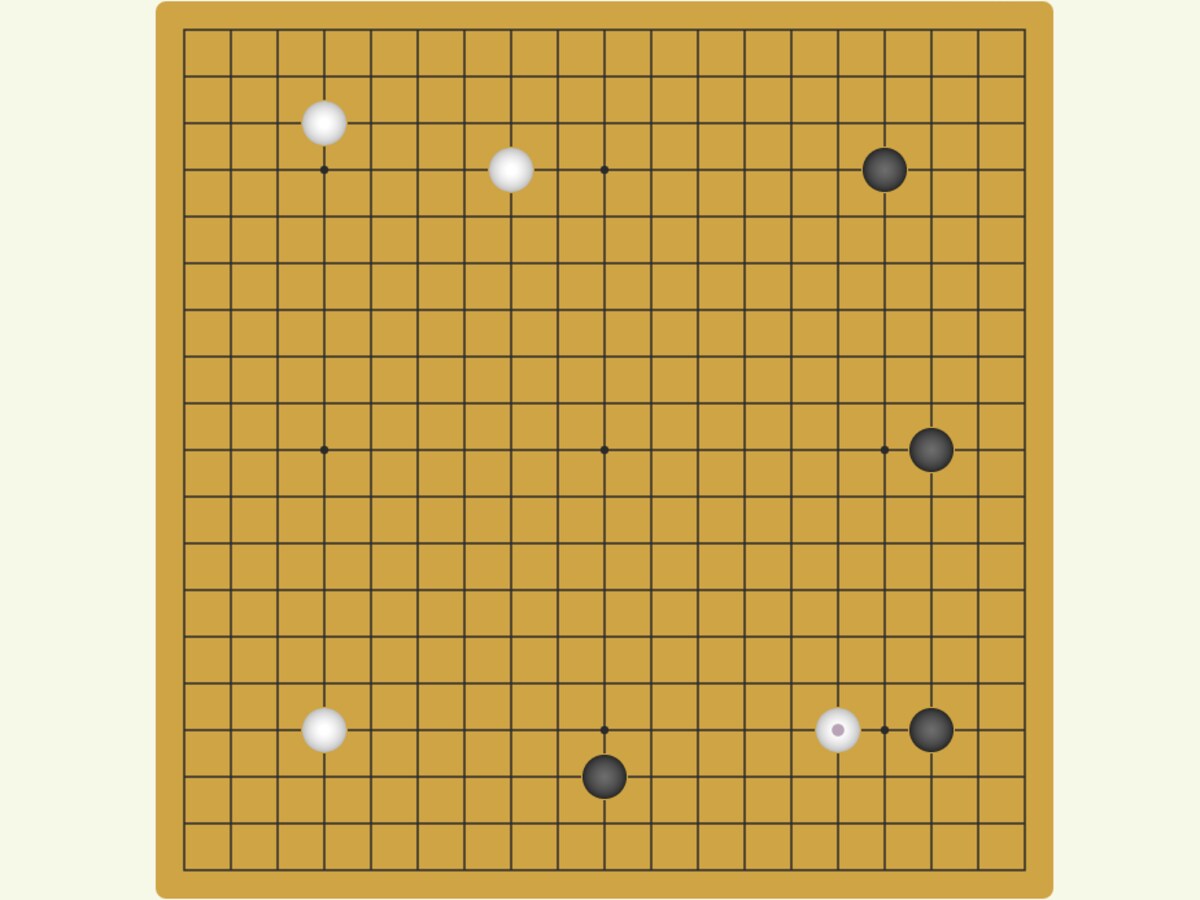
http://www.cosumi.net/play.html
But to expand your own territory, you need to invade and attack the territory your opponent has formed. You can see the white side attacking us in the bottom right side of the board.
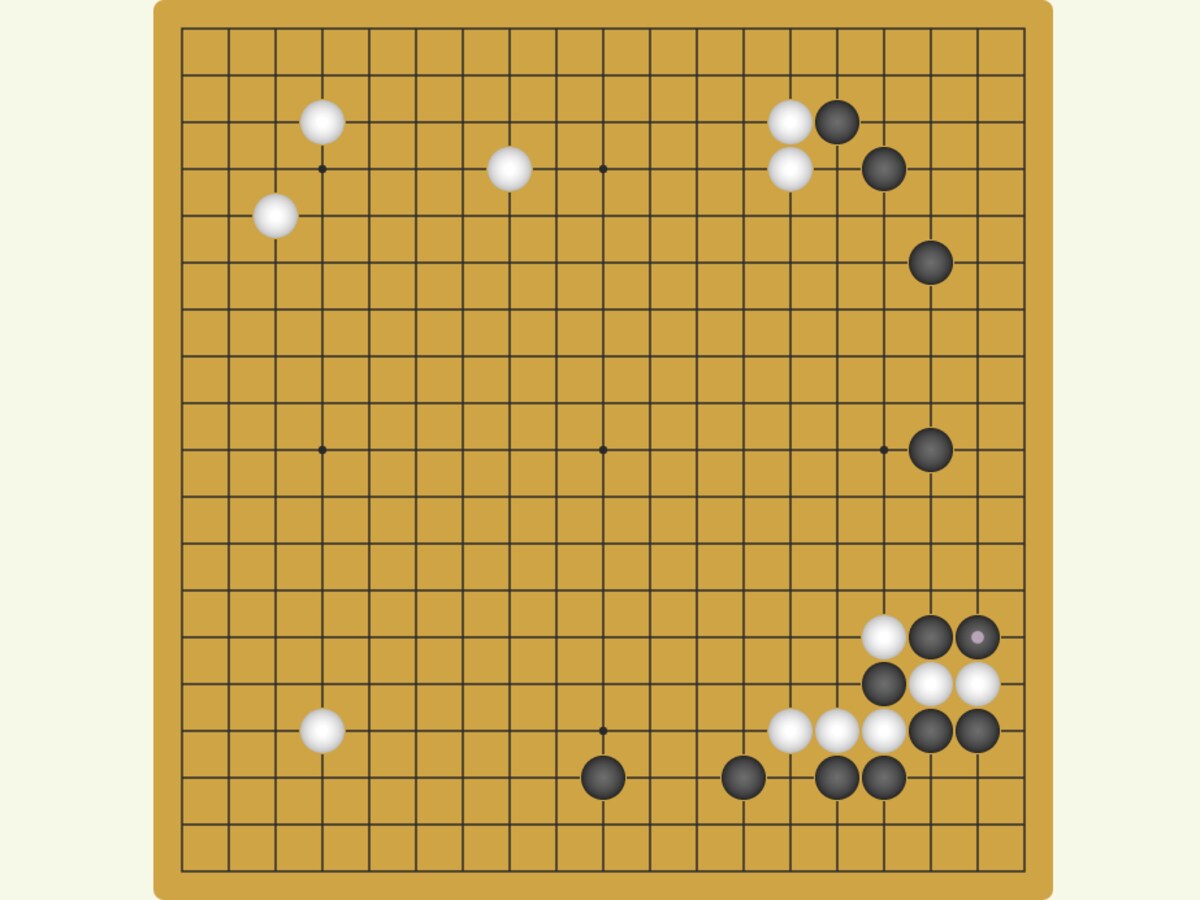
http://www.cosumi.net/play.html
This is where the game starts to get really interesting. You have a series of little battles like these, where you have to count ahead of your opponent and out-maneuver their moves to prevent getting captured or losing territory. Remember, if your stone gets surrounded, it’s essentially “killed.”
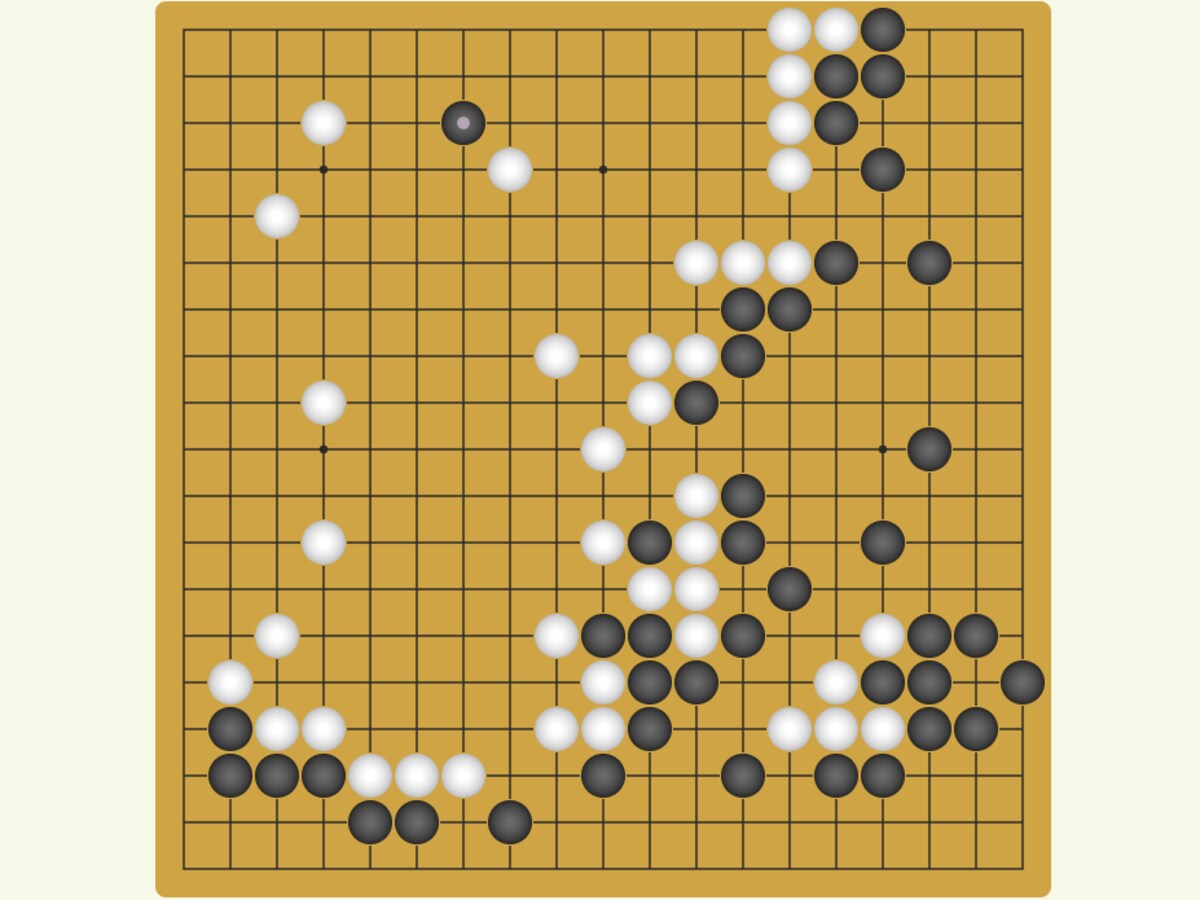
http://www.cosumi.net/play.html
The more we played, white took control of most of the board. We tried to attack, as you can see on the upper left side of the board.
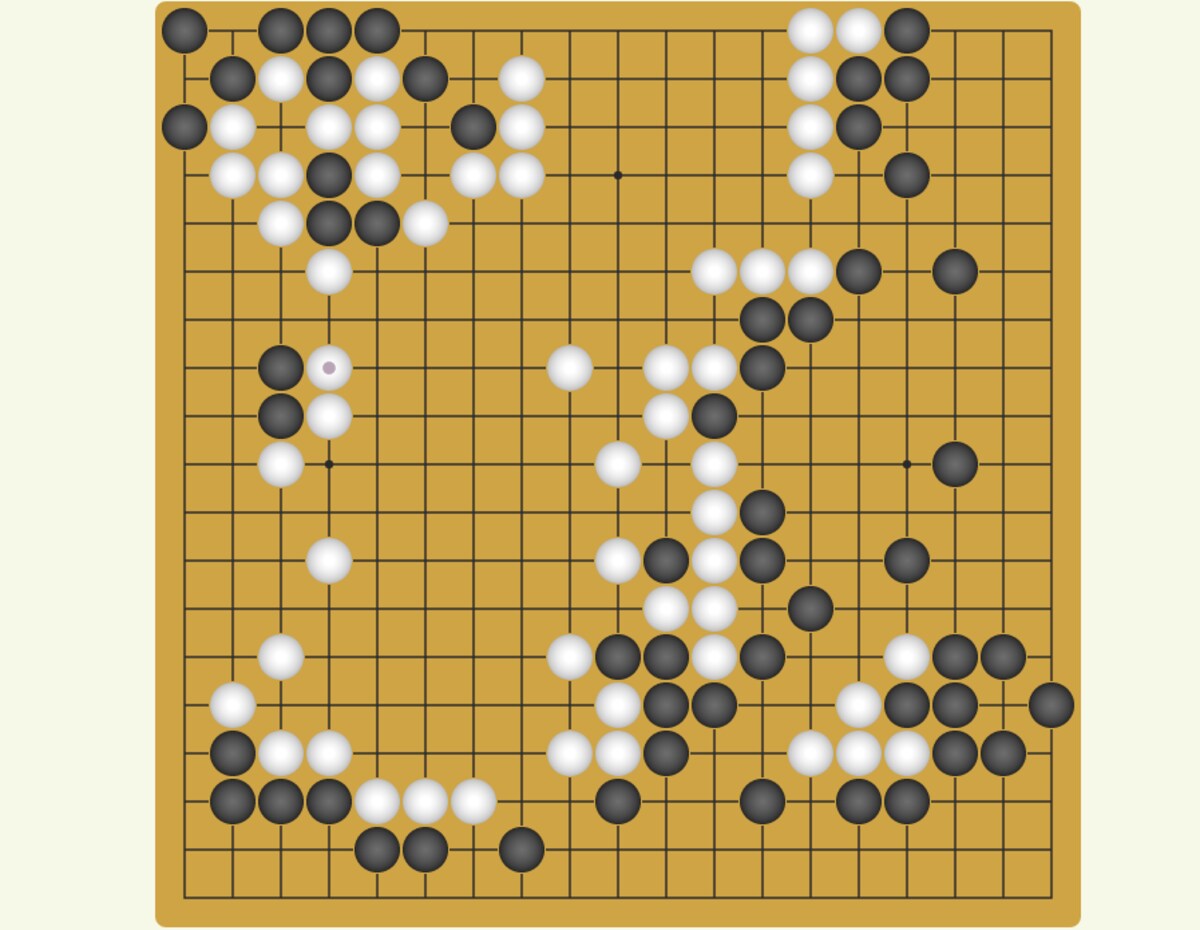
http://www.cosumi.net/play.html
That didn’t turn out too well. We ended up taking only a small portion of its land.
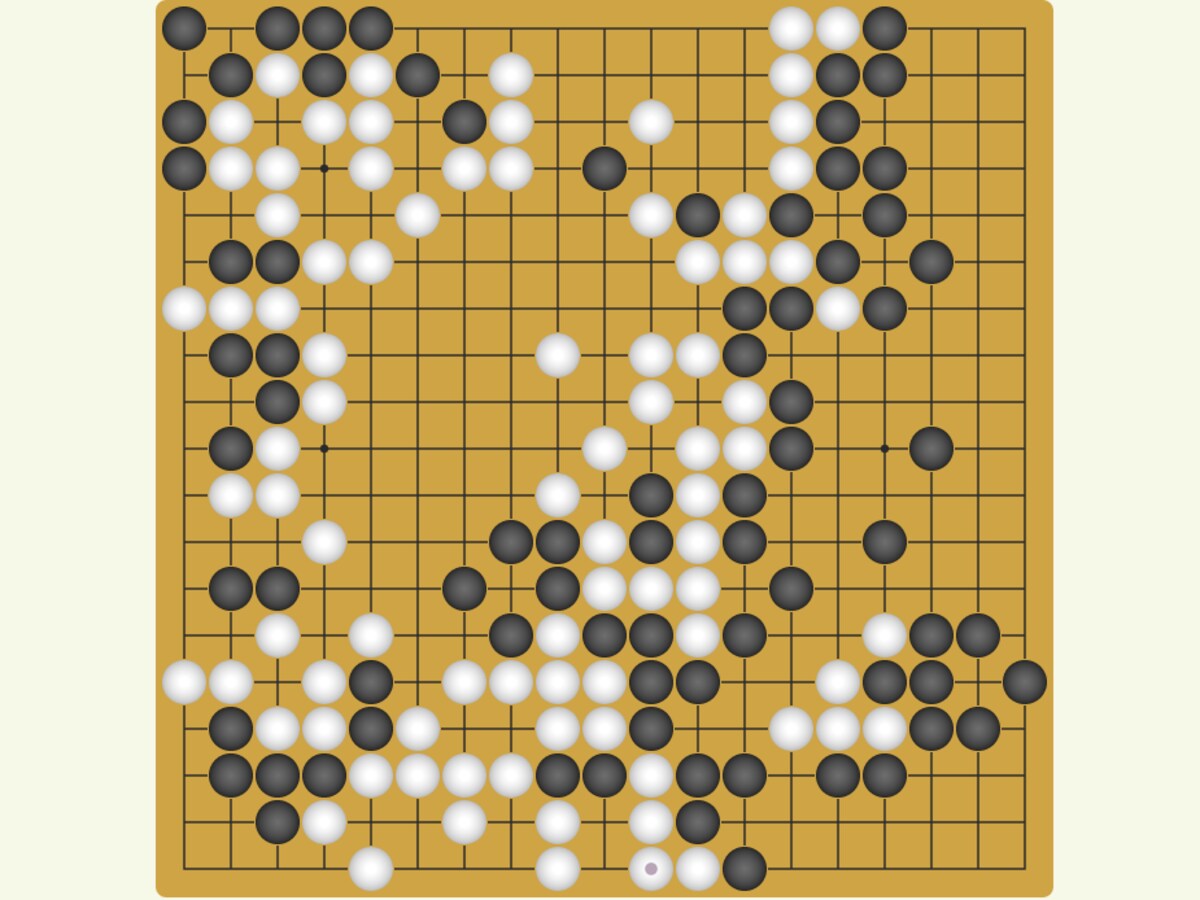
http://www.cosumi.net/play.html
It was clear the white side was better. We only managed to take control of about a third of the board (the right side) before we had to call it quits.
In the end, you count the number of squares you have under control to determine the winner. It’s typically hard to know the exact score by just looking at the board during the game.
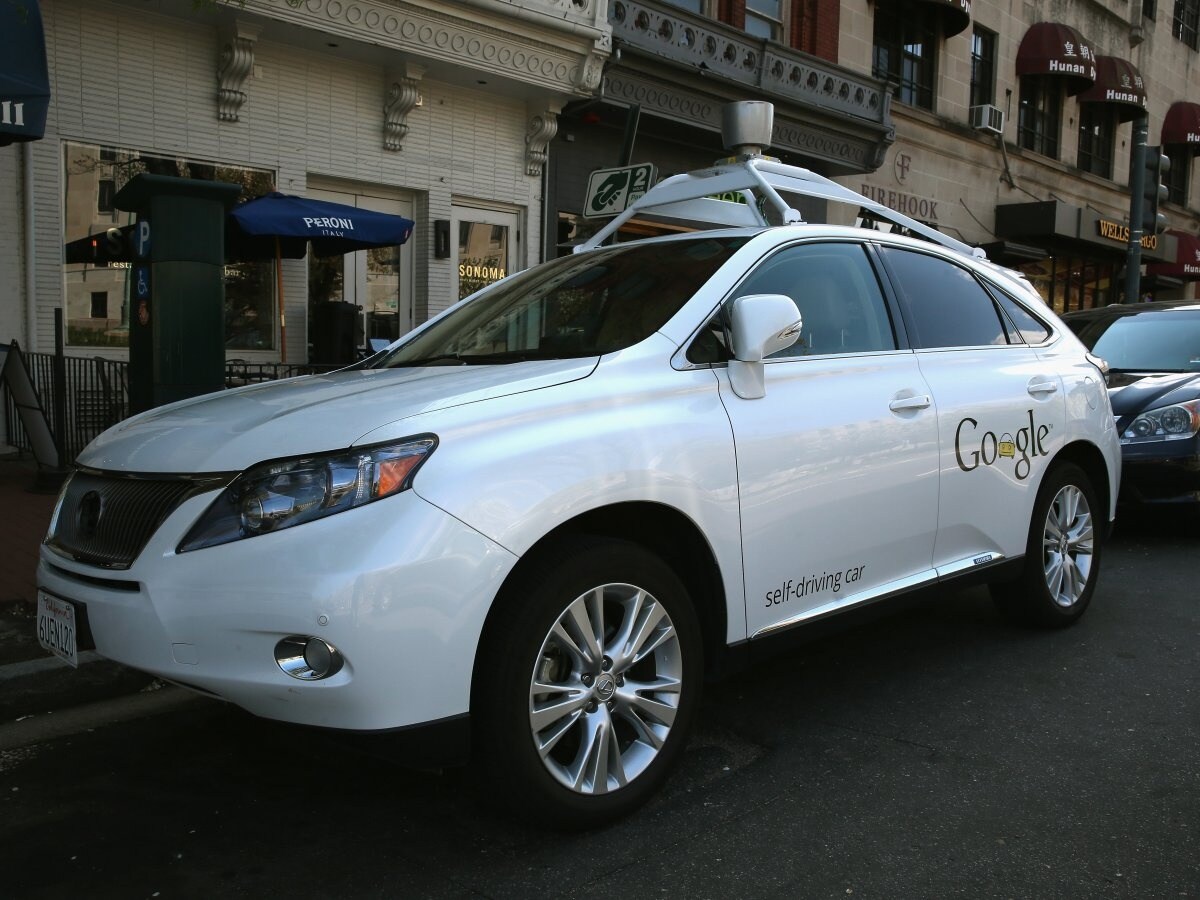
http://www.gettyimages.com/detail/news-photo/googles-lexus-rx-450h-self-driving-car-is-seen-parked-on-news-photo/486281987
We doubt the online game we played had any AI capabilities, but it still was able to predict our next move and read certain sequences. It was reading our patterns and had the ability to tell what our next move was likely going to be.
And that’s probably the exact reason why Google’s so obsessed with go—it wants to build a system that’s capable of predicting human behavior.
And as Google gets better at reading and predicting human behavior, it will be able to apply its progress in AI to other areas. According to Brown University computer scientist Michael L. Littman, AlphaGo’s technology could be applied to Google’s self-driving cars, where the AI has to make decisions continuously, or in a problem-solving search capacity, like showing a gluten-free baking recipe.
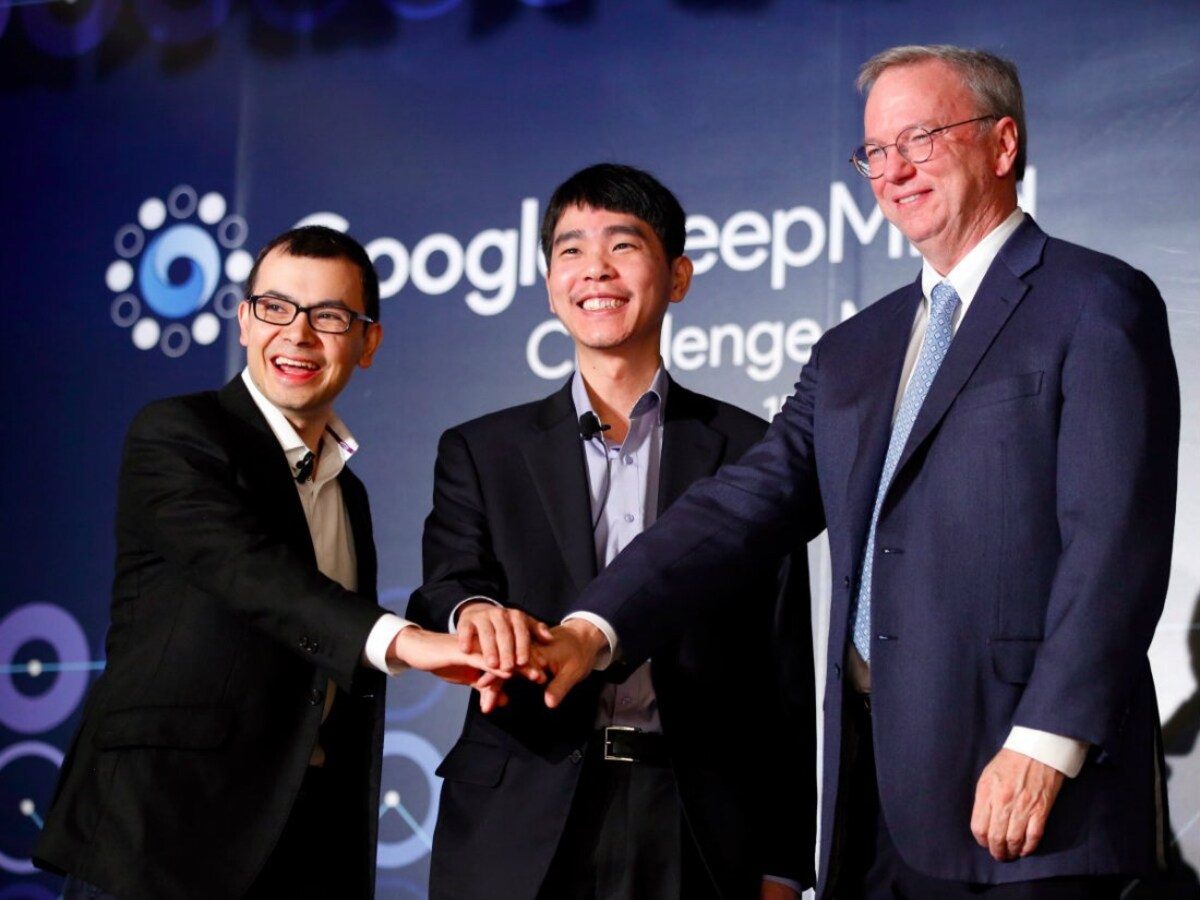
http://en.rocketnews24.com/2016/03/15/how-to-play-go-the-game-that-humans-keep-losing-to-googles-highly-intelligent-computer-brain/
Google’s ambitions in predicting human behavior are clearly much bigger than just outsmarting the best go player in the world. “Ultimately we want to apply this to big real-world problems,” Hassabis said.
Related Stories:
10 travelers reveal the incredible stories behind their most jaw-dropping photos
These new photos from the set of ‘Star Wars: Episode VIII’ will blow your mind
These intricate glass pieces require laser focus to make




